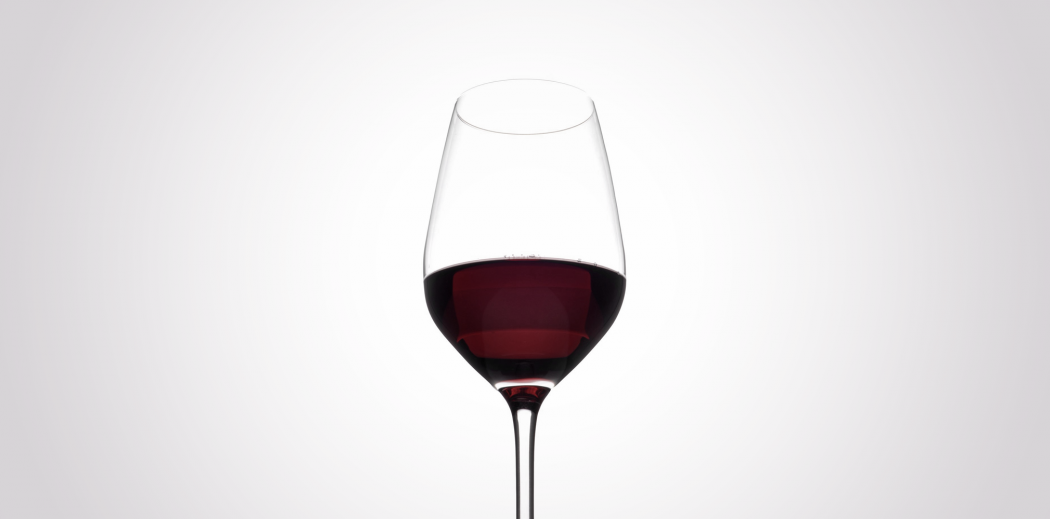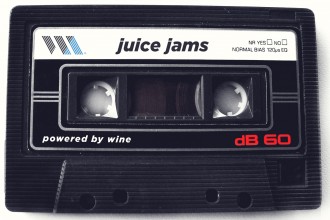Oxidization is one of those words often thrown about in the wine world but not always explained – we’re here to change that!
Oxidized wine is the contamination of wine caused by too much oxygen exposure – so, oxygen leads to oxidization. Found more commonly in older vintages where oxygen has had more time to sneak into the bottle, oxidized wines lose their brightness in both color and flavor.
You can think of this phenomenon as similar to when you leave a sliced apple out on the counter for awhile and the apple turns brown. It’s the same process of air getting to and reacting with your goods.
Typically, white wines are more vulnerable to oxidization. This is because the higher tannin levels in reds act as a buffer against any air that might try to get into the wine’s chemical makeup.
You can tell your wine is oxidized by looking at the color and the flavor. The wine will turn a more brownish color and become cloudy. The fresh tastes will become more dry, bitter, and develop a sherry-like aroma.
To really experience the oxidization of a wine, open a bottle and pour yourself a glass. Leave the bottle open for a week, then go back and check it out. The taste and smell should be drastically different from when you first opened it. While we believe a bottle of wine should never (ever) be wasted, you will now be able to pick out an oxidized wine using your first-hand experience.
While there is really no way to fix an oxidized wine, you can prevent it just by ensuring that your bottle is properly closed and stored.
Finishing the bottle right after opening is also a proven (and our favorite) way to combat wine oxidization so drink up!








